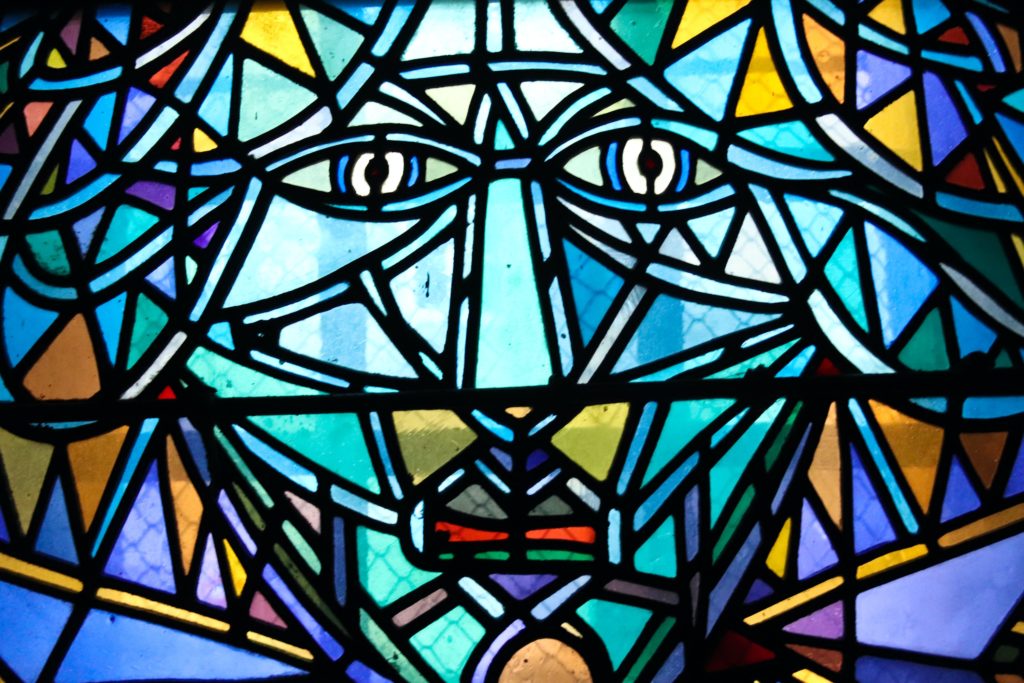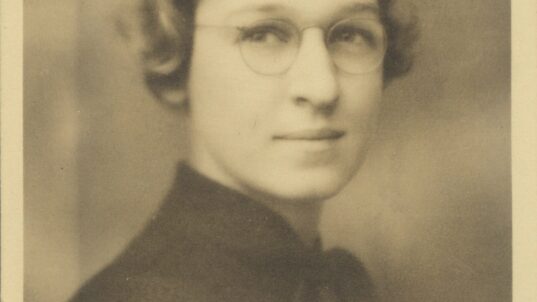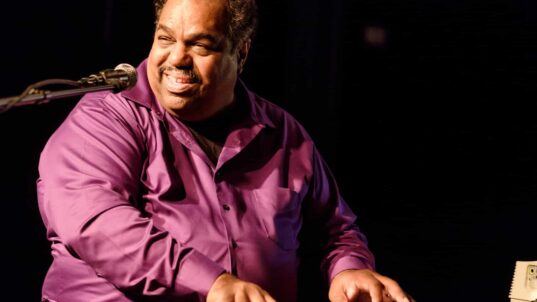
Photo by Marie Bellando-Mitjans on Unsplash
Facilitation as a Collaborative Design Process
All of you have been to my office and have seen the stained-glass work that I’ve done. Today we are going to create a stained-glass design. Each of you have a piece of colored paper and scissors. I want you to cut out shapes. Then each group will put those pieces together to form a stained-glass pattern.
That was how Professor Henry Bates began his first class. The students looked confused but did what they were asked.
The results were…a real mess. The pieces didn’t fit together. The colors clashed. No amount of rearranging the pieces made sense.
Now I’m going to ask you to think differently about what you are doing. One of you will serve as the master designer. Then another of you will start by cutting the first shape. The master designer will tentatively place that shape on the board. Then I want the master designer to ask each member of the group to think of a color and shape that might go with the original piece. Then one of you will cut out that shape and place it on the board. Now you have two pieces to work from. Decide the shape and color that might be added next. You will need to continue this process until have a design that makes sense.
The results were striking. Each group had developed a design that would be worthy of installation.
You may wonder why I had you do this exercise. What you have just done is the essence of becoming a facilitator. You start with a challenge. One of you will propose a starting idea. Then the facilitator will ask for other ideas that might connect. Often facilitators will need to challenge the group to entertain questions or imagine ideas that complement or build off of previously suggested ones. This can be done by asking ‘what if’ questions. A glass designer has to visualize what the design will look like prior to each piece being added. The facilitator needs to think about the whole, about how the ideas might connect, and about new directions that could open up. You can see how the role of the facilitator is a very forward thinking and interactive one. It’s more than moderating the discussion’s flow. You have to think about where the group has been–and where the group might go. Together you are creating a collaborative design as a possible response to whatever challenge you are exploring.
What do you think of the role of the facilitator should be in designing an exploratory discussion experience? How might a collaborative design process be different from “planning” a discussion?
* * *
A leader is someone who steps back from the entire system and tries to build a more collaborative, more innovative system that will work over the long term. – Robert Reich (Economist and former Secretary of Labor)
This post is part of our “Think About” education series. These posts are based on composites of real-world experiences, with some details changed for the sake of anonymity. New posts appear Wednesday afternoons.



